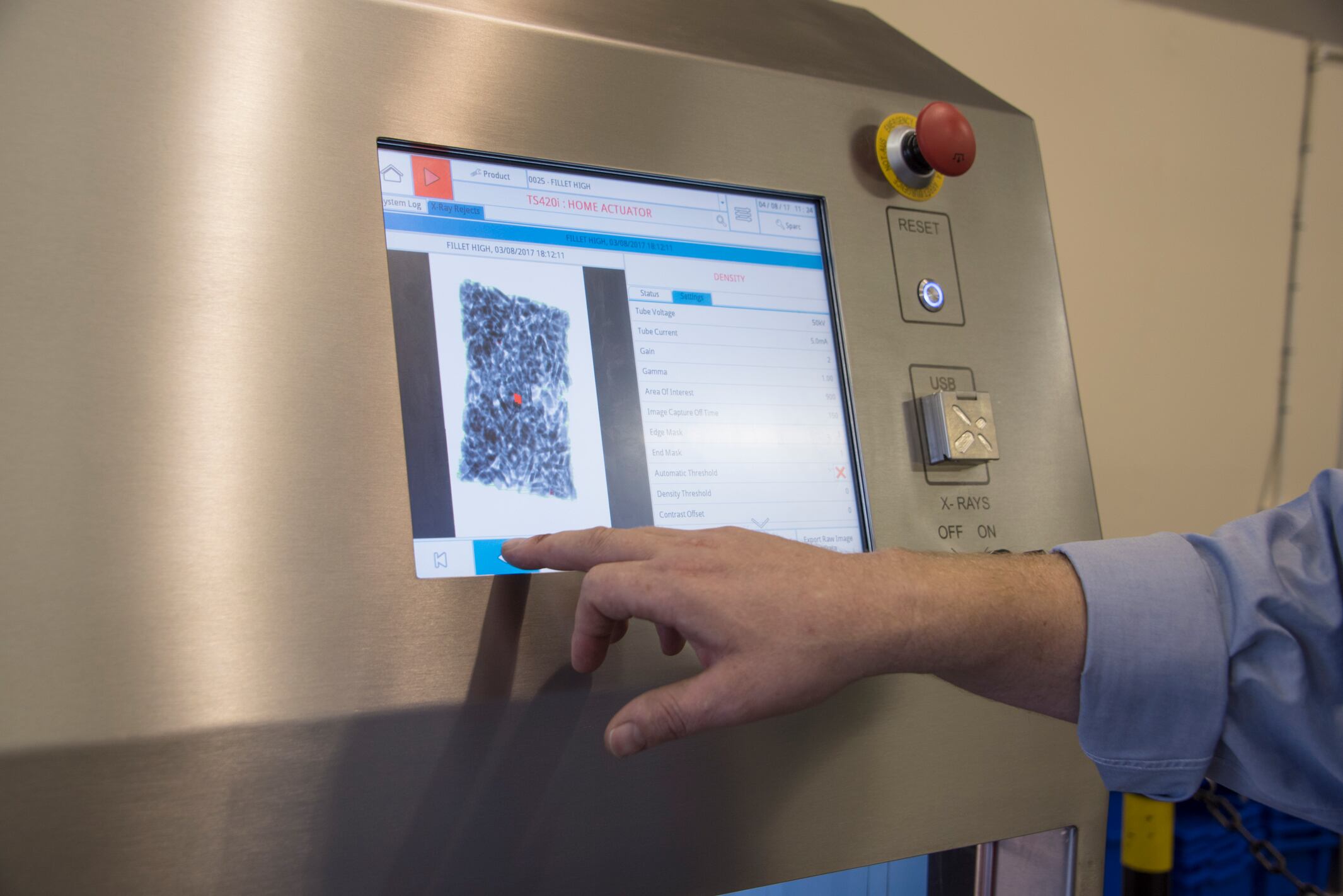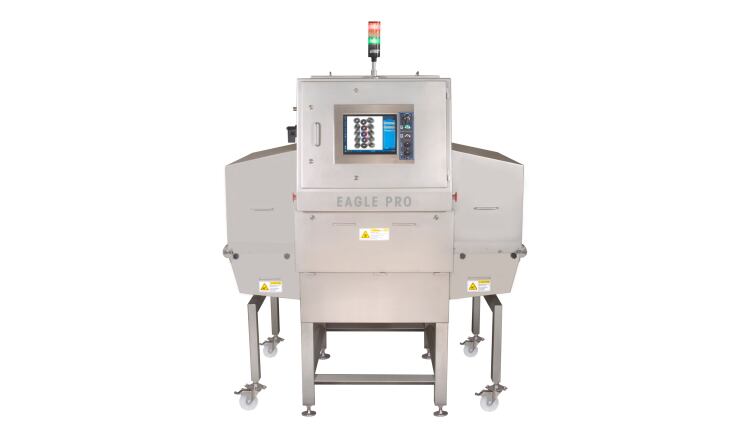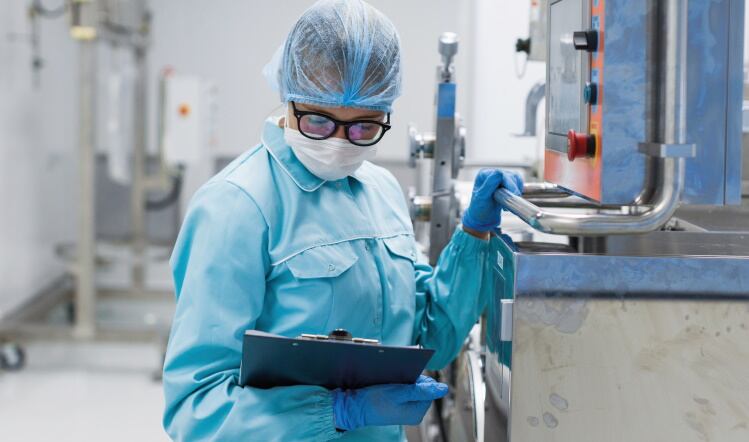As Phil Brown – European managing director of Fortress Technology and Sparc Systems – explained, the chemical composition of food products can sometimes prevent traditional detection systems from working properly.
Foods such as boneless joints with a greater concentration of water are often denser and weigh more.
This water content – sometimes intensified by plumping – can disrupt and mimic a metal detector signal, causing traditional systems to react as if there’s a metal contaminant present and reject the product.
False rejects caused by the ‘product effect’ can happen to several foods, sparking the need to re-calibrate systems and adapt.
Missing contaminants
While a metal detector’s frequency can be changed to minimise the effect of the product on its readings, this can lead to instances where contaminants can be missed.
Lower frequencies can increase ferrous metal detection, but non-ferrous materials can go unnoticed – and vice-versa.
One solution is to use simultaneous frequencies, with systems such as the Fortress Interceptor o running real-time analysis of the low-frequency and a high-frequency signals in parallel.
However, changing conditions within the factory, such as cooling baked goods or items that have emerged from a freezer and heating up can again throw traditional systems off. In such instances, the use of smart technology can help manufacturers mitigate the risk of false rejects
Gradual changes accounted for
Technologies like Fortress’s AutoPhase accommodated this gradual change without compromising metal detector sensitivity. “Even products that look different to the metal detector won’t be rejected,” Brown explained.
A metal detector that can run multiple frequencies simultaneously can inspect a variety of conductivities at the same time.
In addition, features such as single pass product learning and automatic calibration also help, removing the need to constantly reset machines to accommodate different product effect, shapes, sizes and orientation.
Brown added: “When it comes to food safety, there’s always a cause and a consequence. Having deep rooted experience about how different food products behave and change, the conditions that cause these reactions, and the relearning limits of inspection equipment is critical.”





